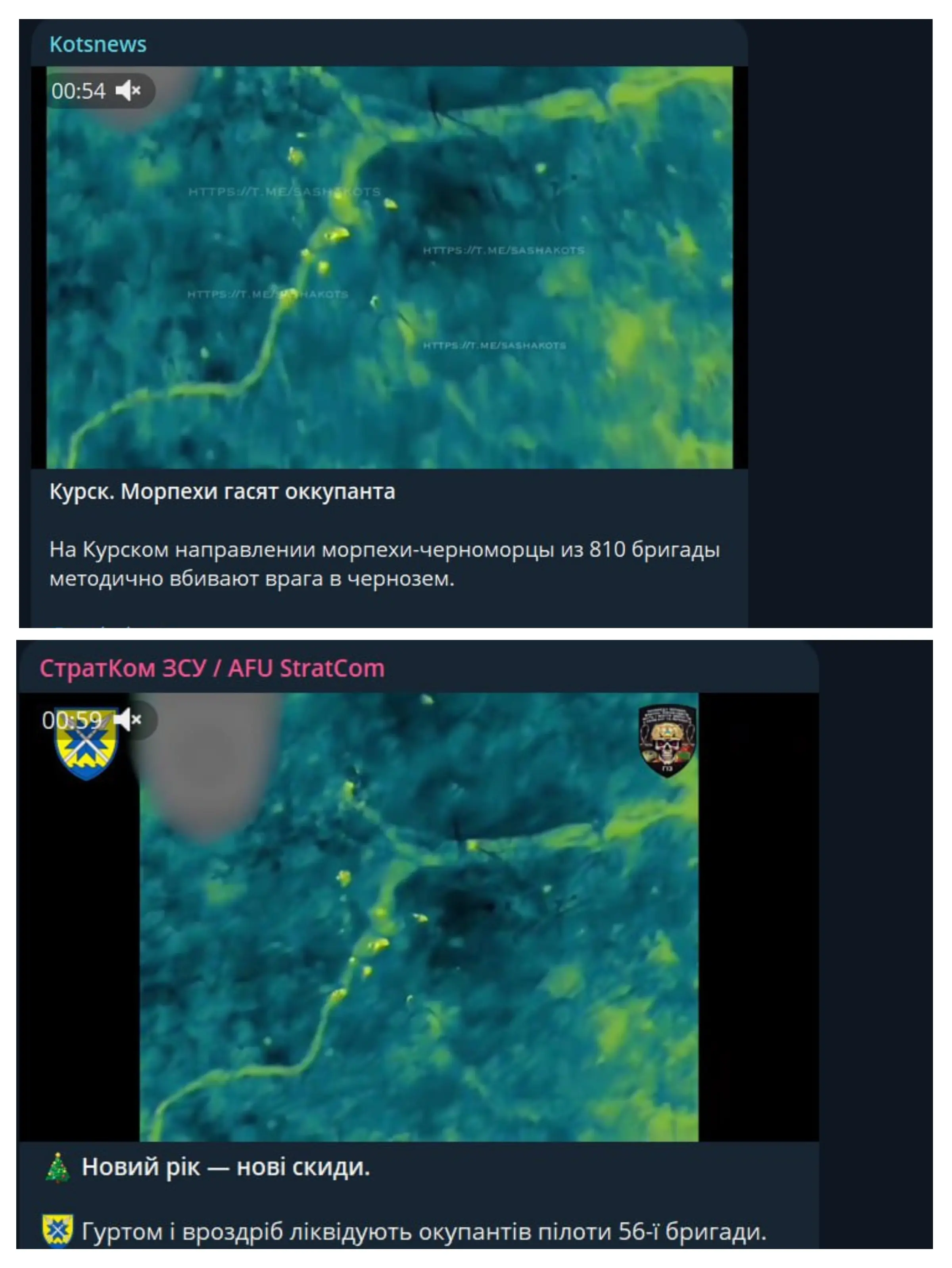Lemmy Português
898 readers6 users here now
Bem-vindo(a)!
Esta é o Lemmy Português, uma instância de Lemmy direcionada a utilizadores e comunidades Portuguesas, ou de Língua Portuguesa.
Servidores disponibilizados pela WebTejo.
Regras
Para o bom funcionamento deste espaço, existem regras e um código de conduta que deve ser sempre seguido.
- Respeita todos e mantém uma atitude acolhedora. Isto implica não recorrer a insultos, humilhações, ataques pessoais, etc. Sê tolerante.
- Publicação ou ameaças de publicação de informações privadas (doxxing, mensagens diretas, etc) é estritamente proibido.
- Usa linguagem percetível por todos e uma gramática correta. Este espaço pretende ser inclusivo, e isso só é possível se todos formos capazes de comunicar bem.
- Nada de conteúdo NSFW.
- Qualquer conteúdo de teor traumático, perturbador ou que conte o enredo de algum livro, filme, série ou jogo deve ser marcado como tal e escondido (spoiler).
- É inaceitável tentar passar por uma outra pessoa.
Por fim, usa senso comum.
O incumprimento de qualquer uma destas regras resultará num aviso. Caso o problema persista, o utilizador será banido.
ℹ️ Estas regras serão expandidas e um documento de código de conduta redigido, na comunidade Regras, quando o Lemmy suportar melhores controlos de moderação para comunidades.
Registo de contas e criação de comunidades
Devido ao aparecimento de trolls e de contas automáticas que poluem a rede com conteúdo indesejado, o registo de novas contas foi restringido, sendo agora necessário não só um endereço de correio eletrónico, como o preenchimento de uma pequena "candidatura" que terá que ser aprovada por um administrador antes da conta ser ativada.
Pelo mesmo motivo, a criação de comunidades está sujeita a uma restrição semelhante. Será necessário fazer uma publicação na comunidade Meta, com título e corpo adequados, para requisitar a criação de uma nova comunidade.
Por fim, é igualmente possível requisitar a posição de moderador numa das comunidades originais ou numa que não possua nenhum moderador ativo. Em qualquer dos casos, haverá um processo de avaliação antes da promoção, por motivos de segurança.
Para mais informações, deves ler a barra lateral da comunidade Meta.
WebTejo
Esta instância corre num servidor da WebTejo, uma empresa de alojamento web independente e nacional. Deem uma vista de olhos 😉
Ajudar a correr esta instância
O servidor onde a instância está alojada custa ~10€/mês. Eu consigo cobrir parte dos custos, mas para garantir o seu suave funcionamento, é necessária algum auxílio. Ninguém se deve sentir no dever de doar o que seja, porém àqueles e àquelas que têm a possibilidade e a vontade, qualquer ajuda é muito bem-vinda :)
Eis a página de LiberaPay onde é possível fazer um donativo: https://liberapay.com/lemmy.pt/
Num futuro próximo vai ser estabelecido um repositório com registos mensais de donativos e despesas, de modo a existir maior transparência no financiamento da instância. Fiquem atentos.
Matrix
Existe uma sala na rede Matrix dedicado a esta instância de Lemmy.
Aqui, além de discussões sobre a instância, os administradores vão publicando avisos relativamente a problemas técnicos e interrupções de serviço.
Junta-te a #tuga-lemmy:matrix.org para participares na conversa!
Existem também outras salas portuguesas que podes ver aderindo ao espaço #espacotuga:matrix.org.
Também é possível entrar em contacto com os administradores através das mensagens privadas da plataforma, ou por correio eletrónico.
Traduzir o Lemmy
Sendo apologistas do movimento de software livre e da ideia de redes federadas, temos contribuído para o projecto através da tradução para Português. Este processo é realizado através da instância de Weblate (uma ferramenta de tradução, também ela livre) do projecto Lemmy, e que pode ser econtrada em https://weblate.join-lemmy.org Qualquer sugestão de tradução é bem-vinda!
Discussão sobre a tradução do projecto pode ser feita na sala de Matrix acima referida, ou, alternativamente, numa outra sala sobre tradução em geral, em #tuga-traducao:matrix.org
Qualidade do serviço
É possível consultar o "uptime" do serviço em https://estado.lemmy.pt.



 source is 'Oh! Dangun' highly recommend very good art 😙👌
source is 'Oh! Dangun' highly recommend very good art 😙👌
